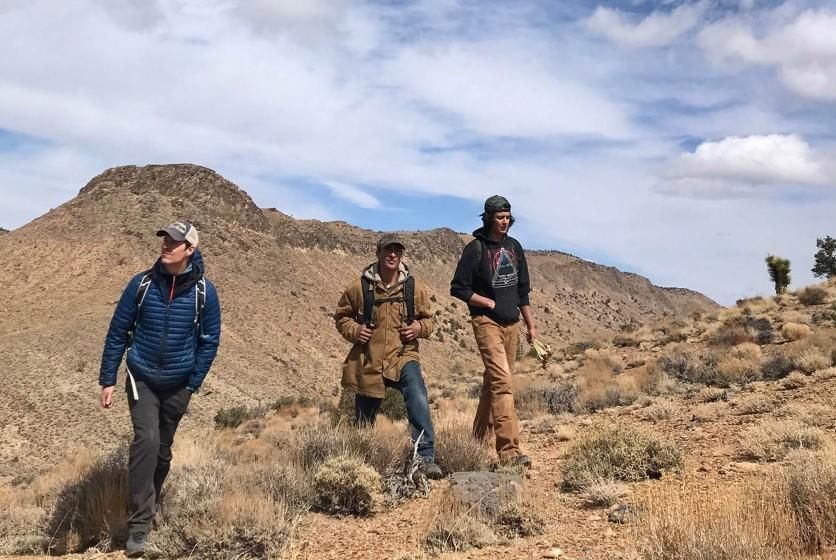A BLM-approved mine operating nonstop as an open pit on the mesas above the Lone Pine community of the Paiute Shoshone Tribe would leach gold from heaps of crushed ore using tons of cyanide each day in the process, according to a description of Vancouver, Canada-based K2 Gold Group’s outline of the project by the LA Times. The company has been drilling eastern flanks of the Sierra Nevada range, seeking results that would excite investors and make the plans a reality.
However, “K2 is in for a hell of a fight,” says Bryan Hatchell, a desert policy associate with one of the non-profits that have lined up a resolute coalition of environmentalists and tribal nations opposing the project that include the Sierra Club, Friends of the Inyo, the Center for Biological Diversity, the Lone Pine Paiute Shoshone Tribe and the Timbisha Shoshone Tribe. “Mining here is off the table,” said Hatchell.
Opponents say they are concerned about destruction of historic remains and Native American cultural sites as well as impact on wildlife and the environment.
By Milan Sime Martinic

